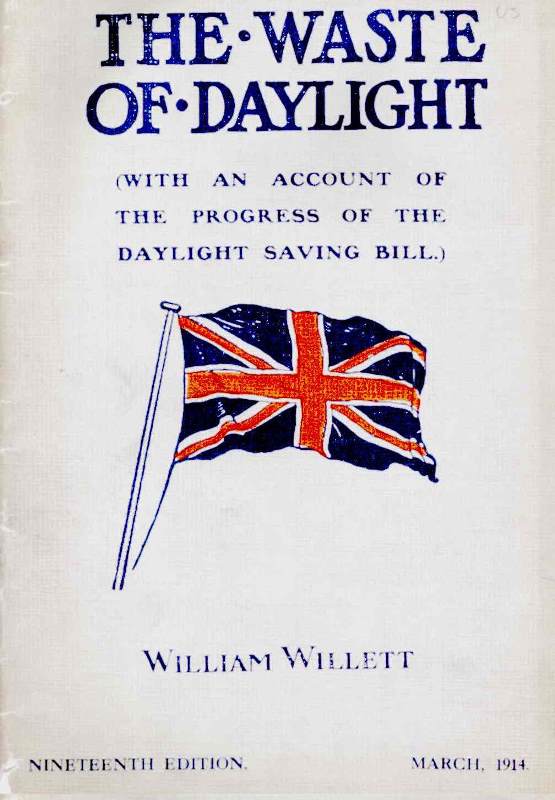100 years of turning back time
19th Oct 2016It’s that time again: the point in the year when the clocks go back and the dark nights (and even darker mornings) return, making that early morning alarm  seem even more inconceivable. But of course darker evenings make for even more atmospheric ghost tours!
seem even more inconceivable. But of course darker evenings make for even more atmospheric ghost tours!
Changing our clocks twice a year has not always happened, and that this year marks its 100th anniversary. We’ve been putting our clocks back every autumn since 1916, but it was first proposed in 1907 by a builder called William Willett in a pamphlet entitled Waste of Daylight. He wanted to see the early daylight hours of the summer utilised to increase productivity, but his initial proposal was confusing to say the least. He suggested moving our clocks forward by 80 minutes, in twenty minute intervals every Sunday in April, and doing the same in reverse in September. Imagine the confusion this would’ve caused! But the grain of a good idea was developed to the hourly change we now use, establishing the use of British Summer Time, and the change back to Greenwich Mean Time in autumn.
The Second World War caused a few changes to the established method, however. In 1940, the clocks were not put back at the end of British Summer Time (BST) to save fuel and money. In 1941, the regular system of putting the clocks forward an hour in spring and back in autumn was restored, thus meaning that throughout the war we were on British Double Summer Time!
Before we started changing our clocks twice a year, the issue of time could be even more confusing. Until 1840 time varied across Great Britain. Leeds time was six minutes behind the time in London, and Bristol time was ten minutes different. It was only with the advent of the railways that it was decided that Greenwich Mean Time (or London time) was established throughout the country, and many railway clocks had two sets of minute hands showing the regional variations, and sometimes multiple clock faces.
Fancy a little Edinburgh quirk about timekeeping? Have you ever noticed the clock at the Balmoral Hotel is always four minutes fast? This is because the Royal North British Hotel, (as the Balmoral was originally known) was initially owned by the company who owned the railway station. The clock was set fast to ensure that people got to their trains in ample time. I wonder how many missed journeys it’s prevented through the years?

